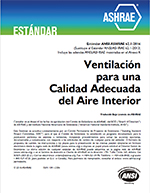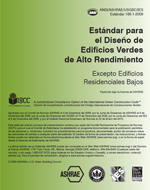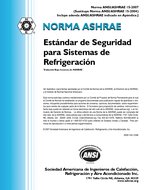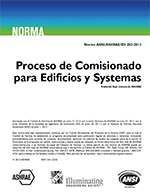Description
The heating degree day has been in steady use for over 40 years by utilities and fuel suppliers as a measure to predict the energy demand of the average population of buildings. The building design profession also uses it to estimate monthly and annual heating requirements. Traditionally, degree days for both heating and cooling are calculated at a base temperature of 65°F (18.3°C). In theory the degree-day base temperature should equal the building’s "balance point" temperature, defined as the temperature above which, or below which, the heating or cooling system is not needed, respectively. The balance point temperature is usually determined from daily average temperatures and daily heating and cooling requirements, but may also be determined from hourly temperatures and their corresponding hourly heating and cooling requirements.
With the advent of increasing energy prices, building owners are reducing thermostat levels and increasing insulation levels. As a result, the heating balance temperatures of buildings may begin to differ from the traditional 65°F (18.3°C) degree-day base. This difference may result in underestimating the effect of conservation retrofits or overestimating the annual heating requirements foro new buildings. This paper will examine the correlation between heating and cooling requirements as determined by the NBSLD computer program [1] and degree days calculated to different base temperatures. It will also examine the effectiveness of degree day zones to different base temperatures for building energy regulation. The work described here resulted from energy standards research at NBS funded by ERDA and HUD.
Citation: Symposium, ASHRAE Transactions, Volume 85, Part 1, Philadelphia, PA
Product Details
- Published:
- 1979
- Number of Pages:
- 14
- File Size:
- 1 file , 680 KB
- Product Code(s):
- D-PH-79-08-2




